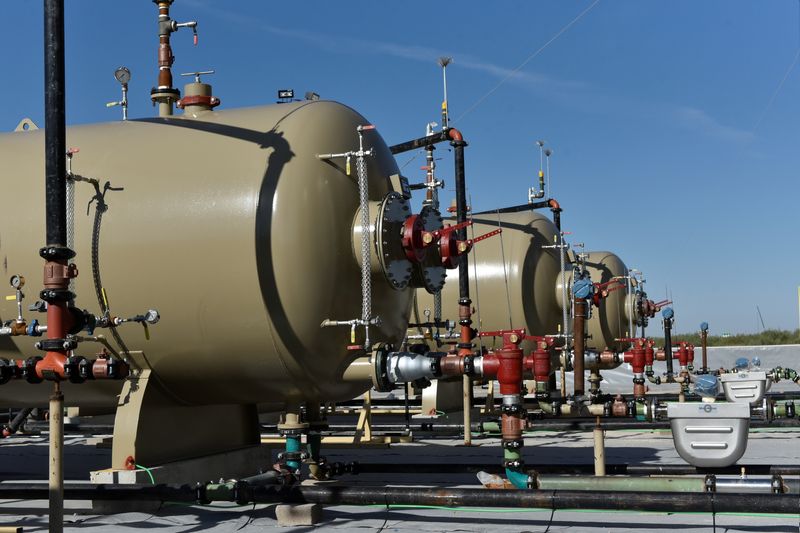By Ambar Warrick
Investing.com -- Oil prices kept to a tight range on Thursday as traders weighed the prospect of a strong recovery in Chinese demand against the possibility that rising interest rates and elevated inflation will crimp economic activity this year.
Crude markets were riding two straight sessions of strong gains, as Chinese business activity data pointed to a robust economic recovery in the world’s largest oil importer. Activity expanded at its fastest pace in over a decade in February, data showed on Wednesday.
But this optimism was somewhat tempered by rising inflation indicators in the U.S. and the euro zone, which could see the Federal Reserve and the European Central Bank keep interest rates higher for longer.
Brent oil futures were flat at $84.38 a barrel, while West Texas Intermediate crude futures rose 0.1% to $77.77 a barrel by 20:28 ET (01:28 GMT). Both contracts were up more than 2% each over the past two sessions.
Markets were also awaiting China’s “two sessions” meeting of top government officials, which begins this Saturday, for any potential policy changes in the world’s largest oil importer.
A recovery in China, after it relaxed most anti-COVID measures in January, is forecast to drive oil demand to record highs this year.
But oil prices are still trading down so far for the year, as fears of slowing economic growth largely offset hopes for a recovery in Chinese demand.
Fears that tight financial conditions will dent crude demand crept back into markets on Wednesday, as U.S. manufacturing prices data unexpectedly grew in February. German inflation also read higher than expected for the month, heralding a similar trend from euro zone inflation due later in the day.
The trend of higher inflation is likely to invite more hawkish measures from major central banks, which in turn is expected to dent economic activity. This could have negative implications for crude demand.
Mixed U.S. inventory data also brewed some uncertainty over crude supply in the world’s largest oil consumer. While inventories rose for a tenth consecutive week, gasoline stockpiles fell, while U.S. oil exports reached a record high.
Still, with U.S. inventories at their highest level since May 2021, markets are positioning for a potential supply glut in the country, which is expected to limit any major upside in oil prices.
